Curry is a delicious, warm bowl of meat and spices that anyone can love, but what exactly constitutes curry differs in different parts of the world. There is no need to be confused about the differences between each! They may be different, but each has something unique to love!
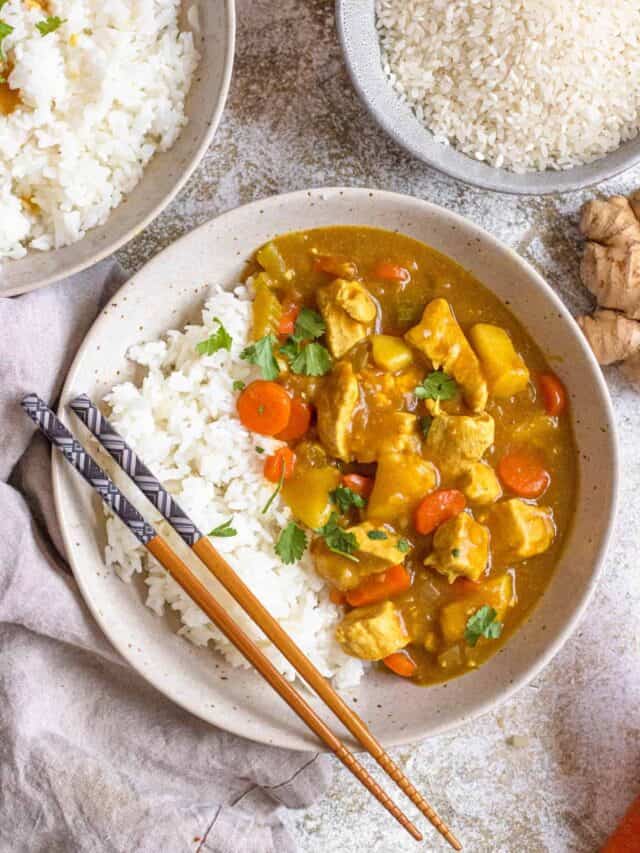
In just about every country in the world, you can find a version of curry. This may be mostly part to the fact that just about any bowl of meat, vegetables, and spicy sauce could be considered curry. But it also could be because no matter the spices, meat, or vegetables you use, no one can resist a warm, hearty bowl of curry.
Curry is packed with flavor, tender meat, and vegetables and is usually served over a bed of rice. What has made it so popular is it is usually fairly easy and affordable to prepare, making it accessible for just about any cook to make at home.
Of course, if you are a fan of one country’s curry, you may be disappointed when you order curry in another country and receive something very different from what you expected.
That is what would happen if you went to Japan and expected to receive Indian curry. From color to taste and texture, the two versions of curry could not be more different, and yet, they come from the same origin.
Recipe Origins
Most people would consider India the birthplace of curry, although the word curry is actually an English word.
When the British discovered the many rich, flavorful, and spicy dishes made in India in the 1800s, they were eager to recreate them at home. Not picky about the exact spices used in Indian cuisine, they made their own blend of dried spices that they considered similar and named it curry powder, from the Tamil word “kari”, which means “sauce”.
The curry powder the British invented was definitely not as spicy as the flavors found in Indian curry, but it was easy to travel with and added excellent flavor to their simple stews during long trips across the sea.
As British sailors began to trade around the world, they took their curry powder with them and shared it with those they met, including the Japanese. So while Japanese curry was inspired by Indian curry, the recipe was lost in translation.
During the Meiji period, Japanese chefs took the British curry powder, and the potatoes that the British also brought with them, and made it their own. The Japanese military was quick to adopt the powder and incorporate it into their meals for some variety.
In Japan today, curry is considered a national dish and is eaten by most Japanese people on an almost weekly basis.
Cooking Technique
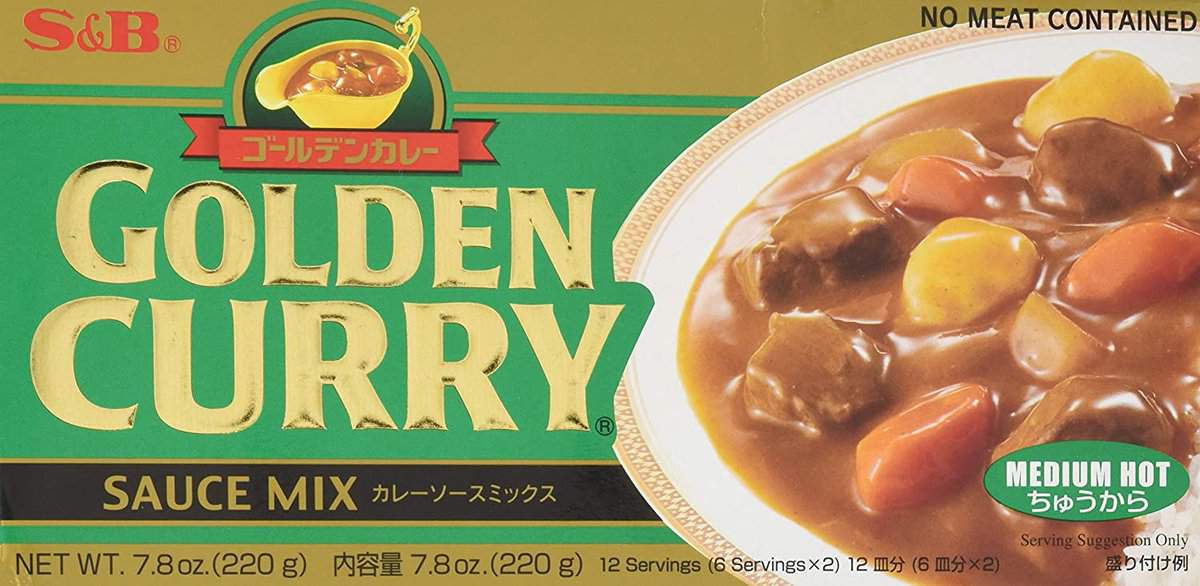
The main difference between Japanese curries and Indian curries is the spice mix that is used and where it is sourced from.
Japanese curry is made with pre-packaged curry, usually sold in cubes at the grocery store. These cubes of spices can easily be thrown into a stew of meat, potatoes, and carrots, and contain flour to make the perfect curry roux. This simple spice blend has a savory flavor with a hint of black pepper and creates a thick curry sauce.
Indian curry is much less predictable. You won’t find a pre-mixed blend of spices sold in India. There, chefs create their own mixtures of garam masala, turmeric, ginger, cinnamon, cumin, paprika, and other spices and peppers. The meat may be coated in yogurt, oil, or coconut milk.
Indian curry is made with ingredients that are common in that region so the exact ingredients will differ greatly from one region to the next.
A lot of Indian cooking also calls for you to marinate your meat in the spices overnight before cooking, to allow the bold flavors to seep into every crevice. The meat in Japanese curry is not usually marinated before cooking.
Appearance
When you order a bowl of Japanese curry, you should expect to receive a plate of plain white Japanese rice, side by side with a thick, dark brown Japanese curry sauce. The exact texture of the rich sauce may vary depending on the chef but, in general, Japanese curry is made with the same ingredients and spices every time and the results are pretty predictable compared to its Indian counterparts.
Indian curries, because they use no prepackaged spices, can vary in color and texture. Some Indian dishes are bright yellow, while others are a deep red. Some are thin and soupy while others may have almost no liquid at all by the end of their cooking period. They are often served with some naan bread and a side of basmati rice.
Flavor
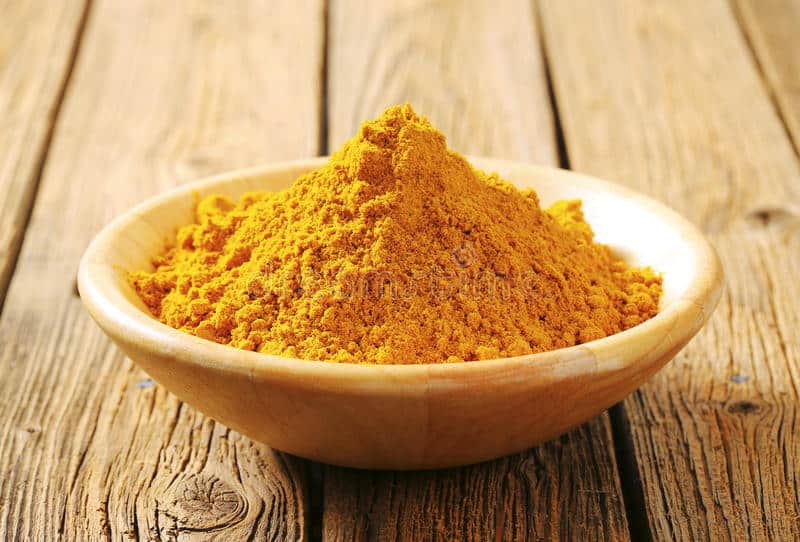
When the British created their own curry powder, they definitely calmed down the boldness. Curry powder still has an unforgettable, delicious flavor, but it does not have the same spice and depth that you will find in Indian curry.
Japanese curry is considered much milder than Indian curry, with a tiny hint of sweetness and plenty of saltiness from a dash of soy sauce that is common in Japanese cuisine. The flavor of Japanese curry is definitely more suitable for the Japanese palate.
Indian curry is full of strong, complex spices that you can smell from a distance. Indian cuisine is known for its use of spice and the spice level is definitely a key component of curry.
If you are someone who doesn’t handle heat well, you might want to opt for Japanese curry. It is a much more approachable dish for the usual American palate.
Meat and Vegetables
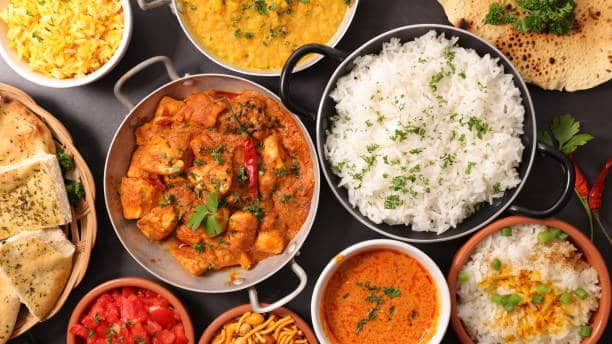
Curry wouldn’t be the delicious go-to meal that it is if it didn’t contain some source of protein. Typical Japanese curry is made with beef or pork (like katsu curry), but chicken and fish could be used as well.
Indian curry has a lot more variety. It may contain chicken, lamb, or fish, but it may also feature legumes or lentils, or a mix of both. Pork and particularly beef are rare to find in Indian curries where there are greater religious influences on the cuisine.
Japanese curry may contain onions or snow peas, but typically it has just potatoes and carrots. Indian curry dishes like chicken tikka masala may contain onions, peppers, sweet potatoes, and more.
Conclusion
While these two types of curry differ greatly, you really can’t go wrong with either one. If you are still new to trying out curry, I might suggest starting with Japanese curry as it is easy to make at home, contains simple, common ingredients, and may taste somewhat familiar.
For more adventurous eaters, there are dozens of different kinds of Indian curry with unique flavors. Be sure and do your research and try several different recipes before deciding if it is for you or not.
If you are looking for even more adventure you can pick up some coconut milk and curry paste to try Thai curry, or some Scotch bonnet peppers for Jamaican curry. If it’s a lot of flavors and a bit of spice you are craving, you cannot go wrong with a warm bowl of curry – from any part of the world.




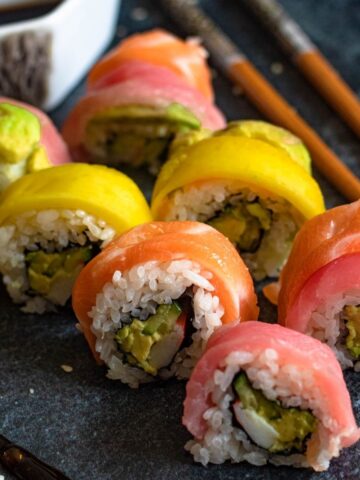
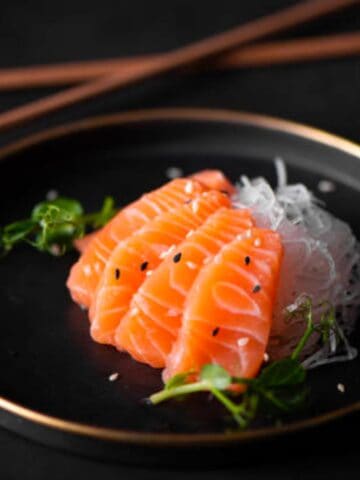
Leave a Reply